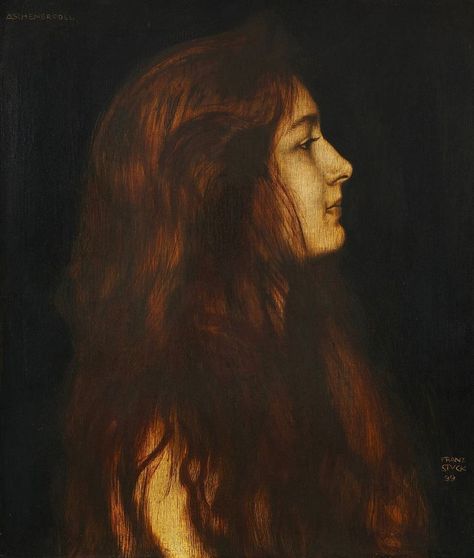

I hope you find the following images as bewitching as the seductive sorceress! If you want to know more, I highly recommend Madeline Miller’s novel Circe. The value of myth is that it takes all the things you know and restores to them the rich significance which has been hidden by the veil of familiarity. Circe poisoned the water in which Scylla bathed, turning her into a hideous sea monster. This story told of her jealous act concerning another nymph, Scylla, a rival for the attention of the sea god Glaucus whom Circe also loved. In Ovid’s Metamorphoses, another Circe story emerged that received attention by subsequent artists. After Circe succumbs and restores Odysseus’ men to their original state, the party lingers on the island as Odysseus and Circe produce at least one child together. (Miller’s version makes it less aggressive without the rape aspect). In many traditional versions, Hermes tells Odysseus to not fear drinking the potion, to confront her with his sword to secure her oath to do no harm, and to force her to sleep with him.

The god Hermes (equivalent to the Roman Mercury) stops Odysseus long enough to tell him Circe’s secret, and gives him a powerful antidote for her poison. Odysseus determines to confront the witch and rushes to the palace. A scouting party is all turned to swine by her magic potion and wand, save for Odysseus’s relative who comes back with the terrible news. She appears most famously in The Odyssey, when Odysseus (also spelled Ulysses in the Roman version) moors his boats on her island. Eventually, she also learns to command nature to cover the skies. She becomes adept at transforming beings into beasts, and lives in her lonely palace surrounded by strangely tame animals such as lions and tigers. At some point she obtains a loom for weaving cloth, which appears in many of the art works. She is banished by the gods to a deserted island, where she develops her sorcery skills in loneliness. Circe is born to the Titan god of the sun, Helios, and Perse, one of 3,000 daughters of another Titan god, Oceanus. Moreover, observing Circe’s transformations reveals much about changing attitudes toward women, culture, and the human condition.įirst, a quick introduction highlighting elements that you’ll see in the art. It seems her beauty and power over nature and men provide endless material for the creative imagination. It turns out that she’s been an inspirational muse for artists through 2,500 years! In fact, browsing the evolution of her representations makes an excellent study in culture and art. To request a higher resolution file of this image, please submit an online request.Before Madeline Miller’s hit book Circe intrigued me, I was unfamiliar with this Greek goddess. Modern and Contemporary Harvard Art Museums encourage the use of images found on this website for personal, noncommercial use, including educational and scholarly purposes.

Harvard Art Museums/Busch-Reisinger Museum, Gift of Naomi Jackson Groves Original Language Title: Tilla Durieux als "Circe" Tilla Durieux as "Circe", reproduction of the painting by Franz von Stuck This object does not yet have a description.Īfter Franz von Stuck, German (Tettenweis, near Passau, Germany 1863 - 1928 Munich, Germany)


 0 kommentar(er)
0 kommentar(er)
